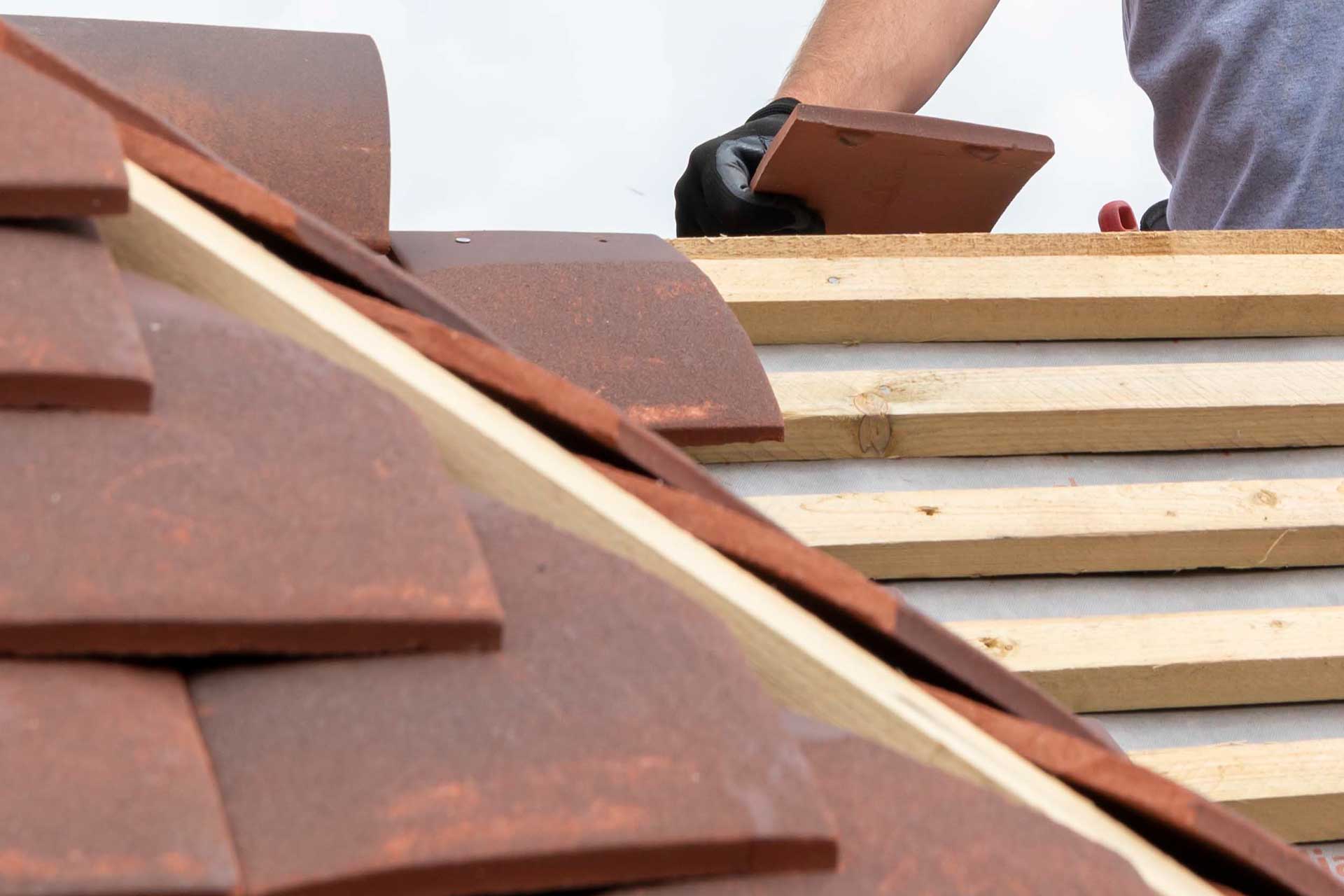
Most roofs in the UK are either made of slate, felt or tile. Each has its own life expectancy and needs for maintenance. The slate roofs that are common on older houses can last for up to a century, but if they're not maintained properly, the lifespan may be reduced. Clay and concrete tiles are also widely used, offering a solid 40 to 60 years of durability. Felt roofs, often seen on flat roofs, generally need replacement after 20 to 30 years. When assessing roof health, homeowners should consider other factors, such as the roof pitch, condition of underlayment, and ventilation. A roof inspection by a certified roofing contractor can provide a thorough assessment and confirm whether repairs or a full replacement are needed. Regular inspections can catch early signs of deterioration and help avoid costly damage later on.
One of the most obvious signs that a roof needs replacing is the presence of frequent leaks. If you notice water stains on your ceiling or walls, or if water drips during heavy rainfall, this is often a clear indicator that the roof is compromised. Unresolved leaks may cause serious structural problems, such as damage to your interior, wooden beams, or insulation. If the leak persists, or the damage has spread, you may need to completely replace your roof. A roof that has lost or damaged tiles and slates is another sign. These can be damaged or loosen over time due to exposure to the weather. Replacing them will help stop leaks and prevent further damage.
The process of Typical roof replacement prices in the UK begins with a thorough inspection by a professional roofing contractor. Contractors will determine if a complete replacement or repairs are needed after assessing the extent of damage. The old roof materials will be carefully removed and any damages to the decking underneath the roof will be inspected. In some cases, the underlying structure may need repair before the new roof is installed. Once the structure is secure, the new roofing materials are installed. The process may take several days depending on how large the roof is and the difficulty of the work. It's important to hire a qualified contractor who has experience with the specific type of roof you have, as different materials and designs require different approaches. To obtain supplementary information please check these guys out

When planning to replace your roof, timing is another important consideration. Weather in the UK can be unreliable, so it is recommended that roofing work takes place during mild, dry months, such as early spring or late spring. Scheduling the project during a favourable season reduces the risk of delays due to rain or storms. The length of time it will take to complete the project is also important. It can range from several days up to two weeks depending on its complexity. There may be disruptions to your daily routine, such as noise or temporary scaffolding, during the process of replacing your roof. Preparation, including informing neighbors and making plans for small children or pets, will help reduce stress. Good communication with your contractor will ensure that the timeline is clear and expectations are managed throughout the process.
When replacing a UK roof, it is important to ensure that all work adheres to local building codes. You may have to obtain planning approval or building regulation approval depending on the property type and extent of work before you begin the roof replacement. Some areas, such as conservation zones or listed buildings, have stricter regulations regarding materials and methods for replacing roofs. It is essential to work with a roofer who is familiar with these regulations and can ensure that the replacement is carried out in compliance with all legal requirements. Failing to do so can result in fines or the need to undo the work and replace the roof with approved materials.